Year: 2012
July 28, 2012
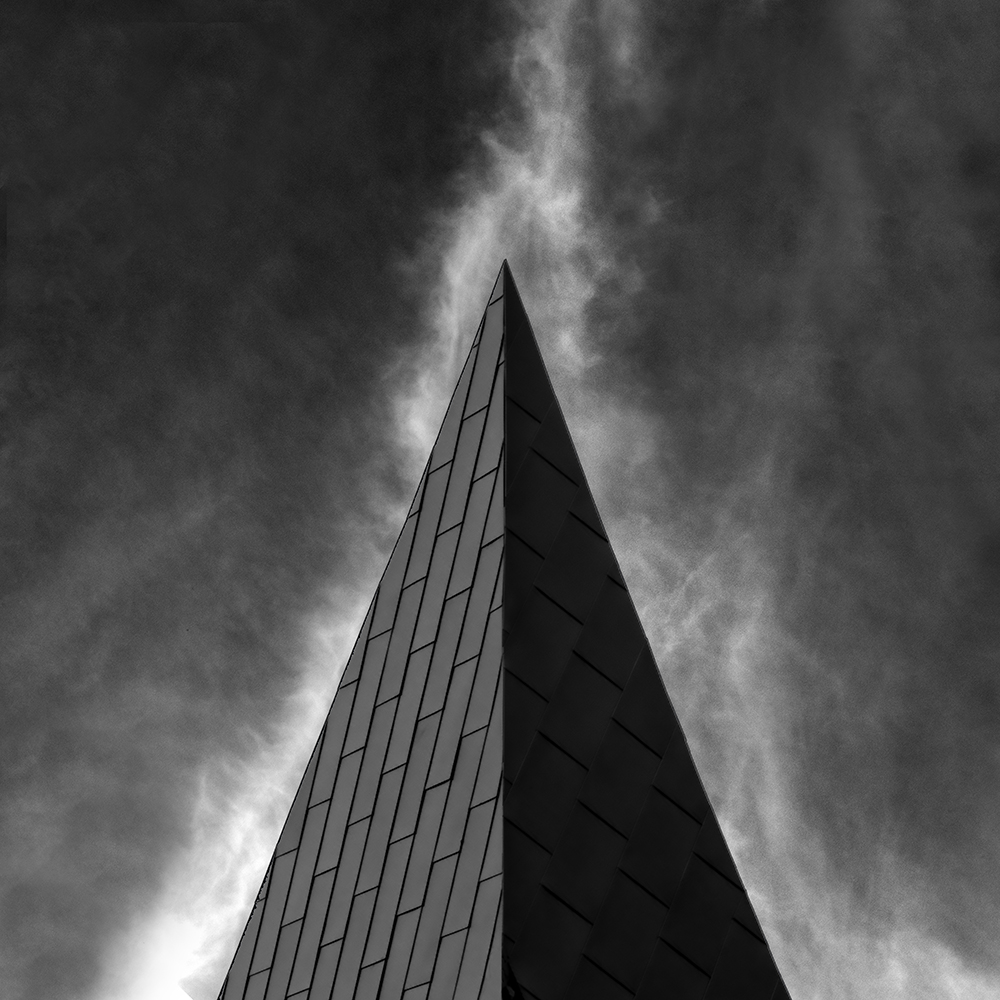
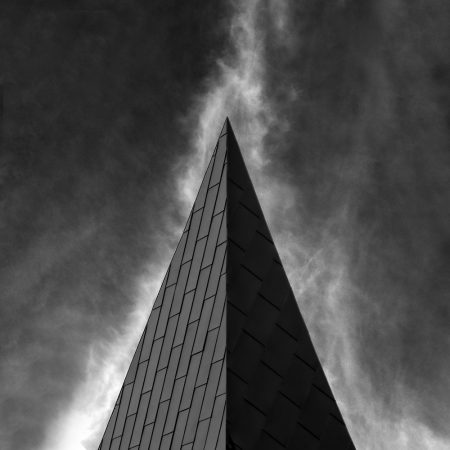
I often tell people not to follow other people’s advice. However, if you follow this advice then you wouldn’t follow my advice…which would mean that you actually should follow my advice. What a conundrum!
Everyone loves to give advice; we all know how others should live their lives even better than we know how to live our own, and it’s no different with our art. Everyone wants to tell us how we should process our images and how we should best achieve success. The advice givers are good people, who are well intentioned and who have had some wonderful life experiences, so why shouldn’t you follow their advice?
Because their vision is different from your vision and their definition of success may be different than yours. Can you imagine what might happen if I was inclined to give you lots of advice and you were inclined to follow it? One day you might wake up to the realization that your images bore a striking resemblance to mine and that you had met every one of the goals that I had set for myself! It’s not that my advice is bad, it simply may not be right for you.
Over the years I’ve come to learn that the only opinion that really matters is your own. Let me illustrate with two examples of some well-intentioned advice that I’ve received:


Never Center the Image!
A few years back my friend and mentor saw my latest image entitled The Angel Gabriel and almost yelled “Never center the image!” I was frequently presenting her with centered images (see above) and she constantly told me that I was breaking one of the rules of photography. I respected her position and experience but the advice just didn’t feel right to me. However since she was the teacher and I the student, I reluctantly re-cropped the image as she had advised… and I just hated it! It literally made me ill to look at it and at that moment I realized that this was my image and my vision and no one could tell me how it should look. It wasn’t that her experience wasn’t good, but it came from her vision and it wasn’t right for me.
It is critically important that you find your own vision and once you do, you’ll find less and less of a need to ask others for advice about your work.
Large Prints, Small Editions:
I have a friend who is attempting to earn his living from his photography. He has chosen to offer large prints and very small editions (as low as 12). He believes this will maximize his profits and thinks my open editions and lower prices is a bad idea. He has frequently tried to convince me that I am making a mistake and that I should follow his example.
The problem with his advice is that he and I have different definitions of success and therefore different goals. I am not trying to earn a living from my art, I wouldn’t be happy in the Gallery environment and I couldn’t stand the thought of printing only 12 images and then never any more! This formula would not work for me, even though it may work for him.
It is so important that you define success for yourself. What do you want from your art? What will bring lasting satisfaction? In five years, what would you like to accomplish with your art? Only once you know the answer to these questions, can you set your own course with confidence.
So listen to others and consider their ideas, but do not follow someone’s advice simply because they have more experience than you, create beautiful images or are successful. When it comes to your vision and what you want from your art, nobody is better qualified than you to make those decisions.
There is tremendous confidence and strength that comes from finding your own vision and knowing what you want from your art. Life becomes so much easier, so much simplier and so much quieter.
Cole
June 14, 2012
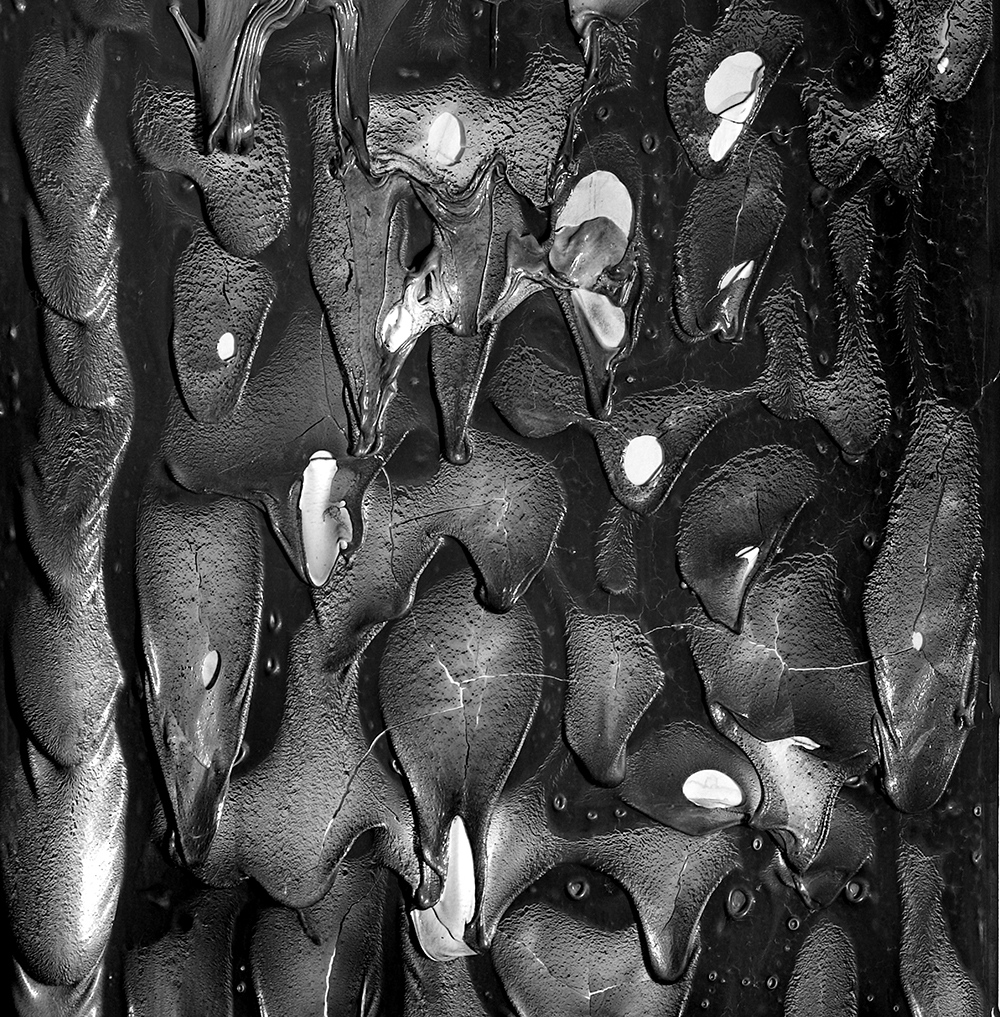
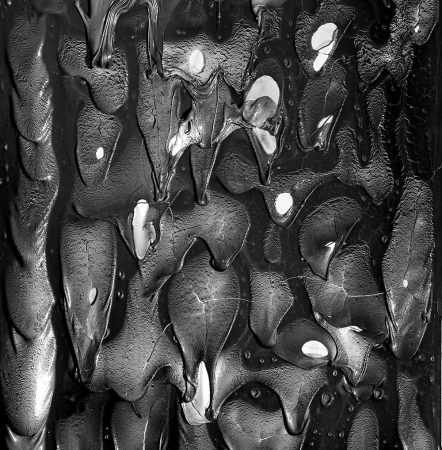
As many of you know, I live northwest of Fort Collins where a fire’s been raging for a week now. Sunday evening the fire got close to our home and we packed up a trailer and were ready to evacuate in a moment’s notice. Fortunately, we were not asked to leave and our home is now quite safe.
However this exercise taught me a valuable lesson: don’t wait until you have a fire to decide what you should take with you. I ended up taking my camera gear, my hard drives and my Ansel Adams’ print. I figured everything else could be replaced.
This near miss led to some valuable discussions with concerned friends about how to best backup our digital work. These days even film guys convert their images to a digital file for printing, so this topic might be of interest all. Let me simplify this sometimes complex topic and suggest five simple things you should do to protect your images.
And let me point out the obvious; backing up your work is not just in case of a fire or other catastrophic disaster, it also protects you from hard drive failure, power spikes, home flooding and a host of other big and little disasters. I know too many people who have lost everything because they didn’t have a backup.
Here are the five basic steps for backing up your work.

First, you should use a backup program that automatically runs each day. You do not want to rely on a backup plan that relies on your memory! My images are backed up automatically and I don’t do a thing. Simple, reliable and invisible.
Second, back up your primary drive to another hard drive in your office. This is the most basic protection from a hard drive failure, which is the most likely disaster you will encounter.

Third, use bare hard drives in external drive docks. This is a simple and inexpensive system that allows you to grab a drive and run in an emergency. I have about 20 drives in dual docks and I mark my essential drives with a red label so that in an emergency I can easily spot and grab them.

Fourth, you should also backup to the cloud. I have two cloud backups that continually run, ensuring that a copy of my images are safe even if a fire destroys my home.
Fifth, have an additional drive that backs up only once a month. This protects you against an accidental change to one of your images because it allows you to retrieve a file for up to a month. For example if I unknowingly make a change to my original file, within a day my backup has overwritten the good file with the bad one. By having one drive backup only once a month, I can retrieve that file once I discover the error. This gives you a 30 day protection against accidental errors that you do not immediately discover.
We have all heard the backup warnings over and over again, yet I am amazed at how many do not heed the warning. I guess it’s because our computers are so reliable and disasters so infrequently occur that we are lulled into a false sense of security. We just don’t believe that it will happen to us. But remember the old computer saying: it’s not “if” your hard drive will fail, but “when.”
Personally I just cannot take that risk, my life’s work is on my computer and if I were to lose it, I would be devastated. I refuse to allow that to happen.
Please do not put off properly backing up your work. If you cannot do everything all at once, then start with item 1 and work your way down the list, it is prioritized.
Cole
P.S. Here is specific information on the backup equipment I use:
Drives: Any brand of 10-12tb, 7200 rpm hard drive.
External drive bays: Dual docks by NexStar (available in USB and eSata)
Software: SyncBack SE by 2BrightSparks.com
Cloud Backup: Carbonite
P.P.S. Here is some additional information in answer to the great questions asked:
Carbonite: I use the cheap $59 a year plan that does not back up external hard drives. What I have done is install a large second internal hard drive and have all of my final images (TIFF’s) on that drive. I only back up these final files to the cloud, not my RAW or working files.
Slow Internet: I doubt anyone has slower internet that I do, I’m on microwave and I’m outside of the useful range of the transmitter. This means that my upload speeds are about 100k in good conditions and more usually 50k. My initial backup took more than a month and updates new files in its own sweet time. But that’s okay, I’m backed up and protected, speed is not an issue!
Cloud Security: Some people are concerned with the security of the cloud, I am not. It’s not like I’m Ansel Adams and people are motivated to hack into my cloud and steal my work! Actually if they want it that badly, they can simply go to my website and download the free wallpaper images. http://www.colethompsonphotography.com/Backgrounds.htm
Why 20 Drives? I have a lot of drives because I have a lot of images. I save all of my RAW files (I never delete any of them), all of my working files and all versions of my final files. All of these are backed up a number of times in different ways, for example one drive backs up three times a day. Another drive backs up once a day, another every week and another every month. Then I do all of that for my family pictures and also for my business files and documents. I have a lot to backup and I back everything up several times.
May 24, 2012


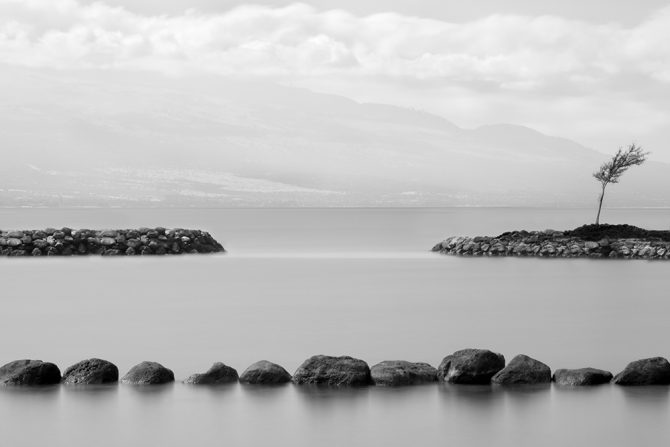
Last year I wrote an article entitled “Ten Tips from Cole Thompson for Long Exposure Photography” which you can read below. However I recently discovered there’s a very important “11th Tip” that applies to long exposures over 30 seconds.
When I was shooting with very long exposures (1, 2, 4 and 8 minutes) I kept getting odd exposure results that I just couldn’t explain. Sometimes my exposure would be right on, but more often the image was drastically under or over exposed. I knew from Long Exposure Tip #3 that I needed to use an eye cup to stop stray light from entering the the eyepiece and affecting the metering, and I was very careful to do that. I’d also check and recheck my long exposure calculations, but they were correct. Nothing seemed to explain this odd behavior.
And then I accidently figured out what was going on. It turns out that my camera does something odd, something I didn’t expect it to do that was causing the problem, and so here is Tip #11.
Tip #11. When Shooting in Bulb Mode, Always Check Your Aperture
When I am shooting long exposures that go beyond 30 seconds, I meter in manual mode, extrapolate the settings for the longer time and then I switch to Bulb mode for the shot. Because I had set my aperture in manual mode and then switched to Bulb mode, I assumed that the aperture stayed the same…but that was a wrong assumption!
It turns out that the aperture setting does not transfer over from Manual to Bulb mode. Bulb mode holds the last aperture setting you were using when you last used Bulb mode.
So, after you meter in Manual mode and then switch to Bulb mode, always check your aperture!
Ten Tips from Cole Thompson for Lo-o-o-o-ong Exposure Photography
I have been doing long-exposure work for a number of years now, and I’ve explored many different techniques and methods. Here are 10 of my fundamental tips to make your long exposure experience easier and better:
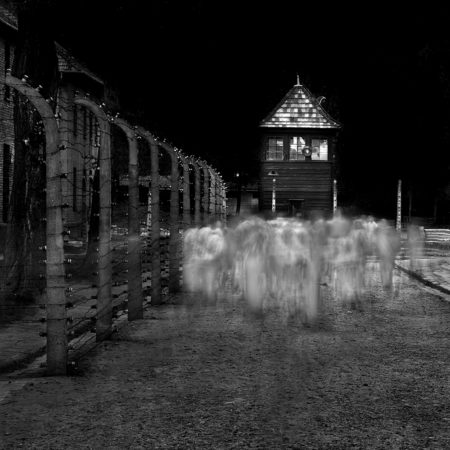
(Auschwitz No. 14 – Photographed in Bright Daylight)
1. For extremely long exposures, have at least 13 stops of neutral density available.
I have been using the Singh-Ray Vari-ND Variable Density Filter for a number of years now, and it revolutionized the way I work by allowing me to rotate the filter to minimum density for composition and focus, then immediately dial in maximum density so I don’t miss the shot. However, if you want to obtain exposures of 30 seconds and longer in bright daylight, you may need more than the 8 stops of density offered by the Vari-ND. I stack a Singh-Ray Mor-Slo 5-stop ND filter onto my Vari-ND which gives me a range of 8 to 13 stops of added density. By the way, 13 stops of density transmits only about 0.01% of light — that’s one percent of one percent. This is generally enough to allow a 30-second exposure in bright daylight.
The shot above of “ghosts” at Auschwitz was made in bright daylight — having sufficient additional density allowed me to simulate nighttime, as well as blur and obscure the movement of the visitors for the ethereal effect I was shooting for.
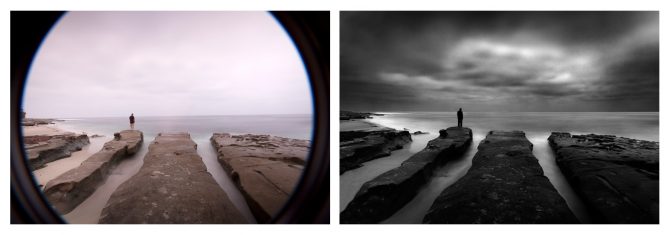
Lone Man No. 20 – Created with 3 Stacked Filters
2. Purchase the largest size filter you can afford.
I use the 82mm Vari-ND (the largest offered by Singh-Ray) which allows me to avoid vignetting when stacking filters and using very wide angle lenses. The 77mm will work in many situations, but will vignette in others. Use step-up rings on your lenses so that you can use the 77mm or 82mm filters on all of them.
The Lone Man image above was made with 3 stacked filters, and using larger filters helped prevent corner obstruction and vignetting. In situations where you are seeing some obstruction or vignetting on wide-angle shots, consider adjusting your composition to allow for cropping — square or panorama, or see if you can take a step or two back and use a slightly longer focal length.
3. Use an eye cup for your camera’s viewfinder.
To meter your long exposure you’ll be in manual mode and using the camera’s internal meter, but it can give a false reading because stray light leaks into the camera from the eye piece. This can cause your images to be underexposed. You can eliminate this problem by using an eye cup, which helps seal out stray light. Eliminating the light leaks will also help your eye adjust to the darkened image in the viewfinder when using the Vari-ND — even at minimum density, it’s blocking over 80% of the light entering the lens.
4. Use a sturdy tripod.
A good tripod is a must for serious landscape photography, but it’s even more important when doing long-exposure work. The enemies of a long exposure are vibration and camera movement, and so you’ll want to use the sturdiest tripod that you can find (or at least the sturdiest one you are willing to carry), as well as a tripod head that locks down for rock solid support. I find that the carbon fiber tripods soak up vibrations better than the metal ones. And of course, find the most solid footing possible when positioning your tripod so it doesn’t sink into the sand or wet ground or wobble during the exposure. Some tripods have a hook on the bottom of the center post to allow you to hang “ballast” such as your camera bag or weights for added stability.

(The Angel Gabriel – Photographed with hundreds of people walking by)
5. Turn OFF your image stabilizer!
When shooting from a tripod, leaving your image stabilizer turned on can often work against you, especially if there is motion in the scene, such as moving water or wind in the leaves. The image stabilizer attempts to stabilize these movements, which results in blurring the overall image. I cannot tell you how many images I’ve ruined because I’ve forgotten to turn off the image stabilizer! Canon has just announced improvements to their image stabilizing, including a “tripod mode” that may help alleviate this problem, but that’s still a ways (and an upgrade) down the road.
My photo of “The Angel Gabriel” is filled with movement — the many tourists wandering by (most disappearing entirely), the clouds, the water, the pages of the book, and some slight blurring of the subject despite his effort to stay perfectly still. However, the railing and planks of the pier are tack sharp, which adds to the impact of the image, as the rails lead the viewer’s eye directly to the subject’s face. If I’d left image stabilizing ON for this shot, all the movement in the frame would have “confused” the IS and it would have blurred the parts of the image that I wanted to be sharp.
This image brings up one other side note: another benefit of long exposures is that it can make unwanted “intruders” disappear from your shot, as long as they keep moving. For instance, in one of my segments in the new Singh-Ray video, there are kayakers paddling through my shot of some rocks on the shore — a long exposure effectively eliminated them without requiring retouching.

(Isolated No. 7 – Photographed at 30 seconds in bright sunlight)
6. Place your finger over the eyepiece to help the autofocus.
In very low light situations (eg: using a lot of ND filters) the autofocus may “hunt” and not let the camera fire. You can manually focus or you can simply place your finger over the eye piece, which stops stray light from entering the rear and allows the camera to find focus. You don’t need to hold your finger over the eyepiece for the entire exposure, just for a very brief moment to allow your autofocus to focus.
The open eyepiece can also allow light leaks in through the viewfinder, especially during a long exposure with the sun behind you. This isn’t a problem normally, because your head (and your eye cup) blocks stray light. But often when doing long exposures, you step back to avoid vibrating the camera, allowing light to enter. If you’re seeing odd glare or reflections in a shot done in this manner, try blocking the viewfinder for the next one, or use the viewfinder shutter if your camera has one.
7. Use a hood loupe and carefully check every image!
A hood loupe allows you to more closely inspect your images and avoid costly mistakes. It shields the LCD from light and glare, plus it magnifies the image, allowing you to be sure that your details are sharp and that you remembered to turn off the image stabilizer! There is nothing worse than coming home from a big trip only to find that your images were not right. Closely check each image and you can make corrections right on the spot. It’s much better to get the shot right in the field than it is to attempt to fix it back at your computer.
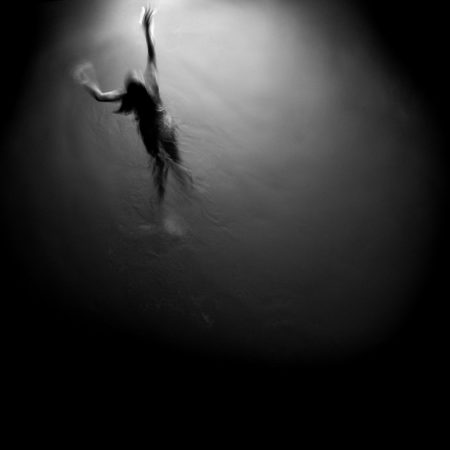
(Swimming Towards the Light – photographed with a one quarter second exposure)
8. Try different exposure times when photographing water.
For long exposures, the only rule on exposure times is that there is no rule on exposure times. When shooting water you’ll be amazed at how different a half second exposure can look compared to 2 seconds, and how completely differently 5, 15 or 30 seconds will look. So try different exposures until you find the one that you like for a given scene. With practice you’ll get a feel for what shutter speed would be a good place to start, but I still suggest experimenting while you’re at it.
The shot of the swimmer was made at a relatively fast shutter speed (for me) of 1/4 second, which allowed me to capture details in the surface of the water and have parts of the subject appear sharp, while still getting the motion blur of her arms and legs. Of the various exposure times I tried, I felt this was the best result in this situation.
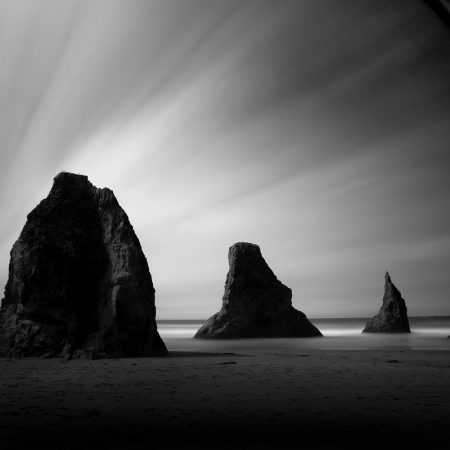
Monolith No. 10 – 120 Seconds
9. Skies often require a much longer exposure.
If you’re looking to create those long streaking clouds, start at 30 seconds and then try 60 and 120. Since most cameras will only meter to 30 seconds, you’ll have to do a little extrapolating to figure the correct exposure for 60 or 120. To do this, set your meter to one f-stop underexposed and then shoot for 60 seconds. For a 120 second exposure (as used on the image above), set your meter to two f-stops underexposed and expose for 120 seconds. Remember that for each f-stop you underexpose, you double your exposure time.
Once you’ve set your camera’s meter to underexpose the image, put it into “bulb” mode and use your watch to time your 60 or 120 second exposure. Bulb mode requires the shutter button to be held down for the entire exposure, so you’ll need a remote shutter release that can be locked “open” for the exposure.
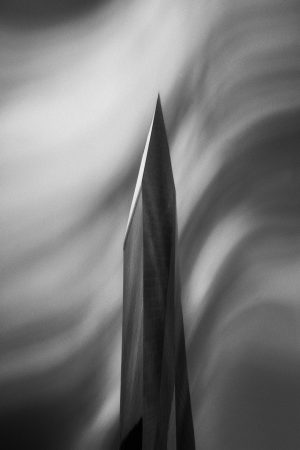
(The Fountainhead No. 93 – 30 second exposure in high winds)
10. There are no rules — experiment and try different things!
To create the image above from my “Fountainhead” series, I photographed the building reflected from a flexible ferrotype plate — a chrome-plated steel sheet with a near-perfect mirror surface. By just gently twisting and bending the plate, I achieved these otherworldly distortions, and I also feel they have an “organic” quality to them that would be difficult to achieve in Photoshop without hugely compromising the image quality. With this technique, I was able to achieve the effect in camera, so the pixel data doesn’t need to be unduly “stretched” or compromised.
And, once again, I was able to view the images in the field to see the effect and make sure I was getting what I wanted, rather than taking standard photos of buildings and hoping to find a creative way to manipulate them back at my computer. I suppose that would be another tip that always applies — take a little time to make the best possible image in camera on the scene, and you’ll always know you got the shot.
You can see other examples and read more about the Fountainhead series in my prior blog story.
So, there really are no “rules” for long exposure photography, and while long exposures are most often applied to water and skies, they can be used in many different and imaginative ways. So experiment, try new things, and get creative!
May 19, 2012

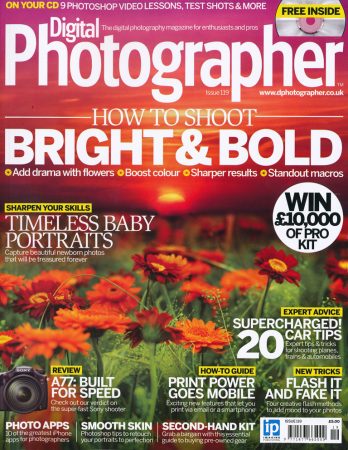



May 6, 2012

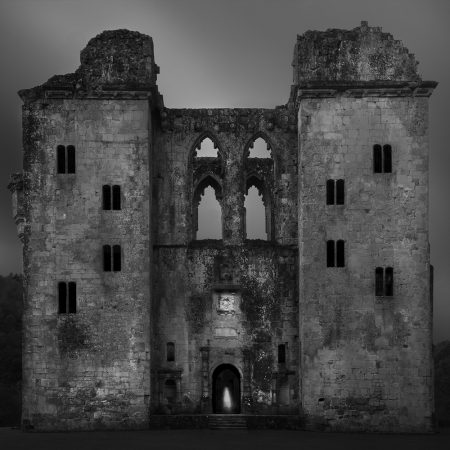
A couple of years ago my family and I were vacationing in a small village on the coast of England and the only preparations I had made to photograph there was to bring along a white bed sheet.
The Story of the White Bed Sheet
I had recently photographed ghosts at Auschwitz-Birkenau and wondered if I could carry this theme over to other historical sites. The trip to England seemed perfect with all its history and castles so readily available. But this time I thought, instead of relying on the unsuspecting tourists to play the role of ghost, I would control my subjects a bit more by using my daughter Mason. And so we brought a white bed sheet to transform her into a ghost.
We photographed at many sites and sometimes the ghost was the prime focus of the image while other times it was only a small element of the image, as in “Old Wardour Castle” above.
We experimented with different “ghosting” techniques and settled on the “30-second spin.” Mason would stand in one spot and spin for 30 seconds. Initially it was hard because she would get dizzy and start to drift, but she soon mastered it and became and excellent ghost.
Generally the castles were pretty deserted and only occasionally did we run into other tourists. Imagine this scene: your walking around an ancient castle when you come across someone in a white sheet spinning around! The parents were generally too reserved to act interested or to ask what we were doing, but their children would watch and giggle.
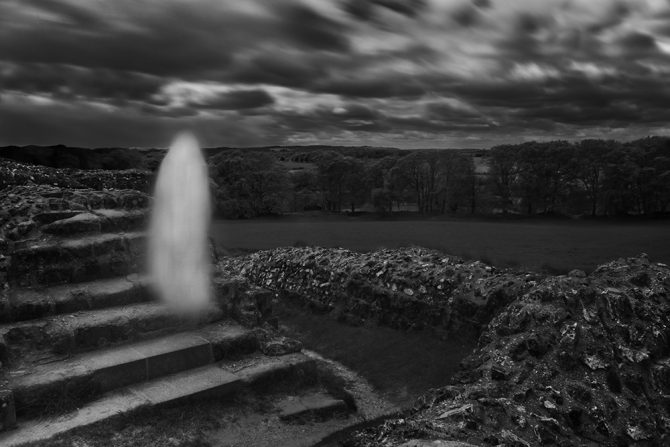
I didn’t really care for this series much and learned an important lesson from the experience. The ghost idea worked at Auschwitz-Birkenau because I felt inspired to do it and because it had purpose there, but at the castle it seemed merely a cheap gimmick. I was trying to capitalize on a “technique” and a past success rather than find new inspiration.
But alas it was not a wasted effort! I did get this one image that I really like, my daughter and I have a great memory and I learned an important lesson; don’t copy others, even if it’s yourself!
Cole
P.S. This article was published in my newsletter on 5/6/2012. Are you getting my newsletter? If not, you may sign up here.
April 27, 2012
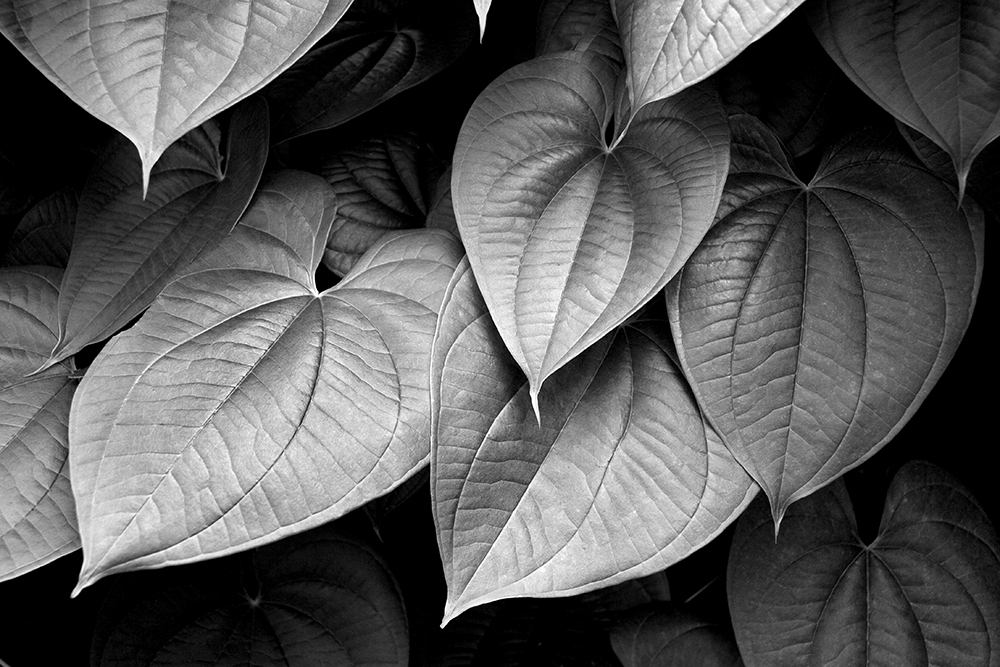


A friend and I were recently talking about how to set the price for our images and this brought up some thoughts I’ve had over the years. Typically people price their work in one of three ways:
1. Cost method, total up your costs and then add a percentage for profit.
2. What others are charging for “similar” work. If others are getting $150 for an 8 X 10 then I should be able to get that too.
3. What the market will bear.” Price your work as high as it will sell for and get as much as you can.
First let me say that if you’re trying to earn your living from your photography, then ignore everything I’m about to say. I made a purposeful decision not to earn a living from my art because I didn’t want to lose my passion for it if I “had” to do it every day. Looking back these many years, I do not regret that decision and in fact it’s been reinforced by another lesson that I’ve learned; art and money do not mix well because it requires too many compromises. Worrying about producing art that others like and will buy is not conducive to risk taking and being creative. When I create I want to think about only two things; the art and how I feel about it.
So what method should you use to price your work? I’m suggesting that there might be another way to determine pricing based on your goals rather than your costs or market forces. Several years ago I asked a similar pricing question to someone I respect and he in turn asked me a question: in the end would you rather have your images in thousands of homes or to have sold them for thousands of dollars? He emphasized that there was no right or wrong answer, only what I preferred. I immediately answered that I would like my art to be in thousands of homes.
Therefore I have chosen to price my work reasonably and affordably compared to my peers, because my goal is to produce art that I love and allow as many people to purchase it as possible. This approach fits my goals; I do what I love, have remained independent and I am able to pay for my equipment, supplies and photo trips. I am the luckiest person in the world!
However this approach has come under criticism from my peers for two reasons. First, I only offer open editions and many feel that this cheapens my work and makes it less “serious.” But the truth is that offering limited editions is simply a pricing strategy, it creates a shortage to increase the price. This approach goes against everything I believe, and the thought of someday not being able to make any more prints is completely unacceptable. My intent is that my art be enjoyed by many; not 12, 25 or 50 people!
The second complaint other photographers have with my pricing is that my lower prices hurts them. If my friend is asking $1500 for his image and I’m asking $400, then he believes that my lower pricing makes it harder for him to sell his higher priced work. However I do not believe this to be true, because we are not buying a commodity such as apples. If I’m selling apples for $400 a ton then it does make it harder for someone else to sell the same apples for $1500 a ton. But in the art world we are not talking about apples and apples, but rather apples and oranges. If someone really loves my friends oranges, they are not going to buy my apples just because they’re cheaper.
Likewise someone will not buy my art just because it’s cheaper. People buy art because they love it!
What I believe about editions and pricing go against everything that the traditional art world and gallery system believe. I don’t care. I create for myself and count myself lucky to find others who appreciate and want to purchase my art. My goal is to put that art into as many homes a possible. This is what makes me happy.
Cole
P.S. Joel Tjintjelaar just published the first interview in a new “Artist’s Vision Series” in which he focuses on the vision behind an image. My image “The Angel Gabriel” is featured in this first interview.
See the Article in Google Docs
April 19, 2012
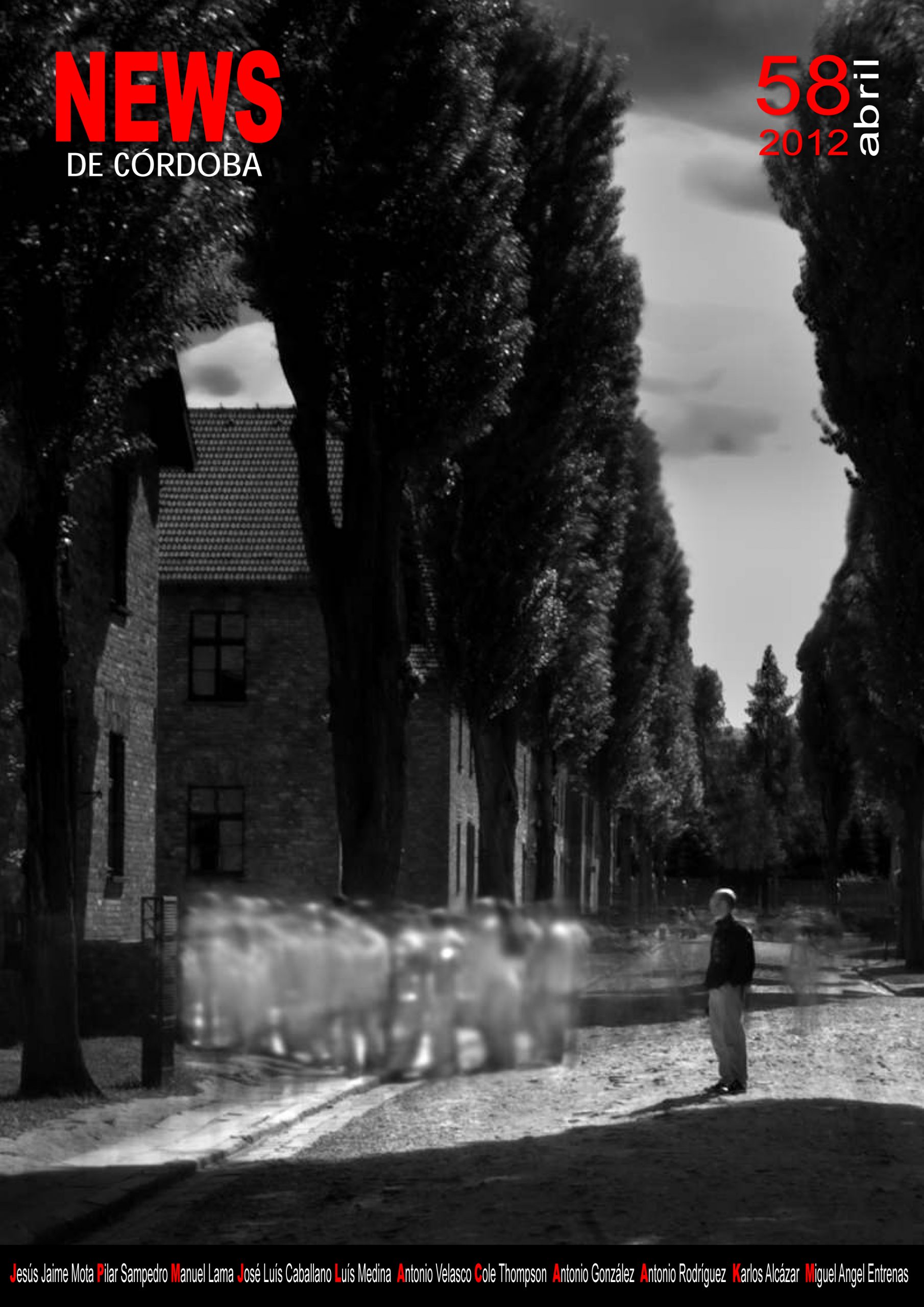

The April edition of NEWS de Cordoba features all sixteen images from The Ghosts of Auschwitz-Birkenau portfolio. This is the official publication for the Photographic Association of Cordoba, Spain. I was greatly honored that they chose my image for the cover.
Also, I recently completed an interview for 121 Clicks which I really enjoyed because I was asked questions that I’m not normally asked.
Interview With Fine Art
Photographer Cole Thompson
An Introduction about you
I grew up moving around the United States, my father was in the Air Force and so we never stayed in one place for very long. We finally settled in Southern California and this is where I call home, it was a good life growing up on the beach.
I married and started a family in California, but in 1993 we moved to Northern Colorado and we now live on a small ranch.
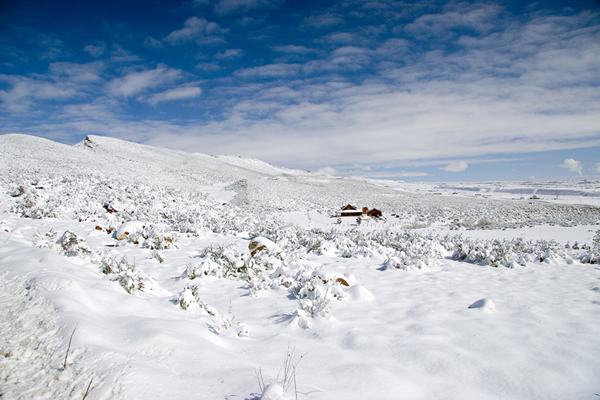
I have a full time job (which is a surprise to most people) where I have worked in private education for the last 31 years. I have five children, three daughter-in-laws and one grandchild. I am 57 years old.
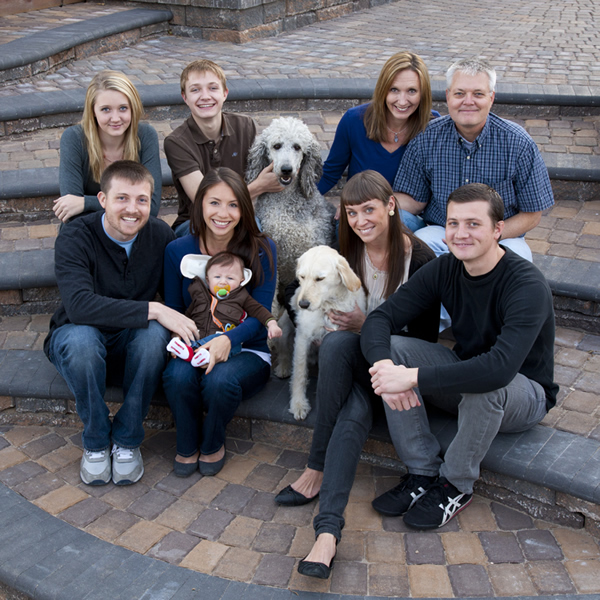
The loves of my life are: my family, photography, architecture and scuba diving. My life is pretty average and unremarkable.
How did you get into photography?
I was living in Rochester, NY (the home of Kodak) as a 14 year old boy. I was out hiking with a friend when we came across the ruin of an old house. My friend told me that it had once been the home of George Eastman, the founder of Kodak.
This piqued my interest and so I checked out his biography from the school library and read it in just days. I was so fascinated with photography that before I had even finished the book, before I had taken a picture or seen a print come up in the darkroom, I knew that I wanted to be a photographer.
So, like millions of kids before me, I purchased a small developing kit and took over the family bathroom. I am self taught and for the next ten years I read everything there was on photography and if I wasn’t reading about photography, I was out shooting or in the darkroom. I spent a great deal of time studying the works of the great masters: Ansel Adams, Edward Weston, Paul Caponigro, Paul Strand, Dorothea Lang, Wynn Bullock and many others.
I have always been drawn to a particular type of photograph; black and white, dark images with high contrast. These images mesmerized me and I wanted to create images just like these. Here is what I consider my first “good” image, created at age 14.
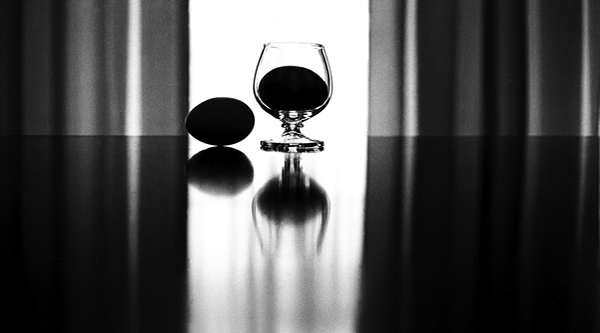
During these early years I thought of myself a “photographer” and thought that it was a “sin” to modify my images. I thought my duty as a photographer was to portray a scene as realistically as I could. Of course I now understand that everything I do modifies an image, but back then I believed my duty was to portray reality. Here is an image I created at age 17:
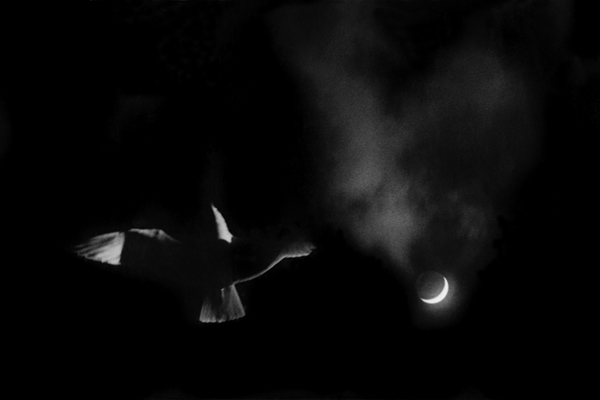
Thinking like a “photographer” was holding me back from developing my artistic abilities, but there also was another barrier that was preventing me from growing. I found myself not just studying the works of the great masters, but also trying to imitate their techniques and sometimes even their shots! Ansel Adams was my photographic hero back then and I remember how proud I would be when someone would look at one of my images and say “this reminds me of Ansel Adams’ work!” But something happened years later that would change how I felt about such a comment.
I was attending Review Santa Fe, this is where selected photographers show their portfolio to experts in the field and receive comments and suggestions. I was showing my work to the last reviewer of the day and he looked at my work, roughly pushed it back to me and said: “it looks like you’re trying to copy Ansel Adams.” I replied that I was, that I loved his work.
He then something very profound to me, he said: Ansel’s already done Ansel. What can you do that shows your unique vision?
Ouch! That comment really stung and I was so hurt that I could not hear his message for a very long time. But finally its meaning became clear to me; was my life’s ambition to be the world’s best Ansel Adams imitator? Was that all that I hoped to achieve with my art?
For years the comment: “your work reminds me of Ansel Adams’” was a huge compliment. Now it was an insult and evidence that I had failed to develop my own vision.
This was a turning point in my artistic life. It was the moment I vowed to stop copying others and the moment when I wanted to be an artist and not a photographer.
But I had doubts about my own vision; did I have one? How would I find it? How would I develop it?
I could find no instructions on how to find your vision and so I developed my own plan. First, I would stop looking at other photographer’s work, something I call “photographic celibacy.” I reasoned that if I was to develop my own vision, I could not continue to immerse myself in other people’s vision because doing that caused me to copy their work, either consciously or subconsciously.
Next I started using different words; I started to refer to myself as an artist and I stopped using the phrase “taking pictures” and would start saying “creating images.” It was a small thing, to change my words, but it served to remind me of my goals and what I wanted to achieve.
I also discarded my old belief that it was wrong to modify my images. It seemed to me that the entire purpose of an artist is to portray what they see through their vision, not with their eyes. So now when someone asks if I “manipulate” my images, I say “Yes!” and explain.
I also decided that I’d start ignoring what others thought of my work and focus only on what I thought of it. In the past I’d show people my images, ask them which ones they liked, and then I’d find myself going off in that direction. The problem with this approach is twofold: first you can never please everyone and so one day I was off in this direction and the next day I was off in another. Secondly, art should be about passion and that means I needed to pursue the images that I was passionate about.
After I stopped listening to others I stopped producing work that I did not love, no matter how much others liked it. If you have to choose between pleasing yourself and pleasing others, always choose to please yourself. At least when it comes to art!
So that was my program to find and develop my own vision. It was a very difficult and frustrating process and it took me several years, but gradually I started to recognize my vision. The first image that I created with this new outlook and philosophy was The Angel Gabriel:
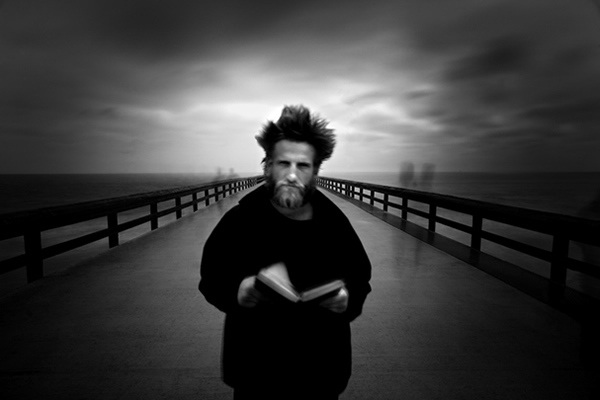
This was the first time that I had purposefully created something from my vision, and it was the first time I modified the image to bring the shot into compliance with that vision.
It’s been about five years now, since I made that determination to find my own vision. It’s not a destination and I’m still working on it, trying to see uniquely and to further develop my vision.
Have you ever felt like “I’m not able to convey my inner most thoughts to my subjects completely”?
I never consider the viewer when creating my art. I create for myself, not the viewer and my only obligation is to myself.
Nor do I explain my images to the viewer, they are what they are and each person is free to find their own meaning in them.
Does my art have meaning?
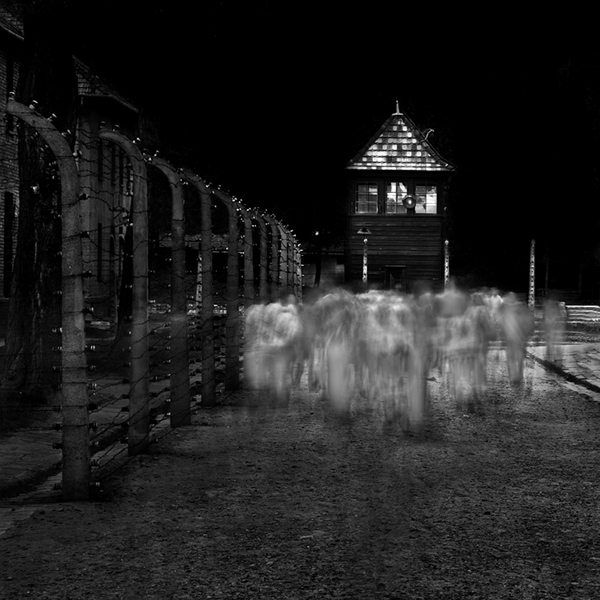
Sometimes my work has obvious meaning, such as “The Ghosts of Auschwitz and Birkenau.”
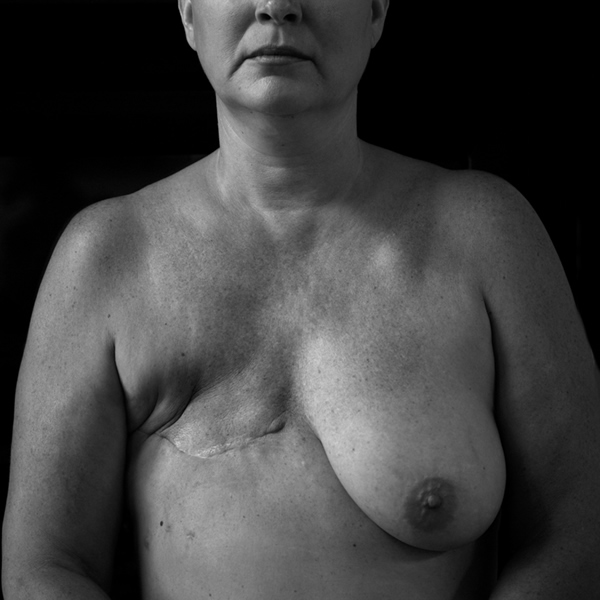
Or my series “Linnie, A Portrait of Breast Cancer.”
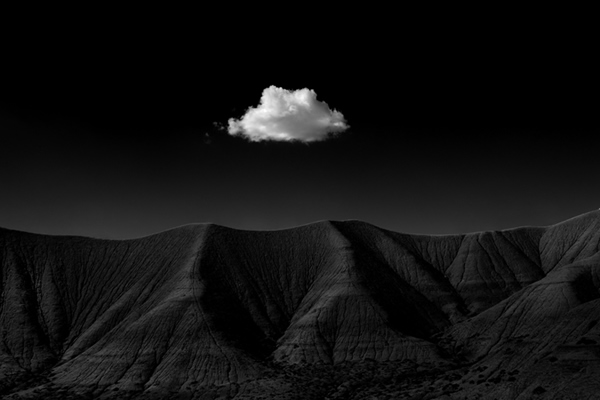
But often I’m simply creating beautiful images which may or may not have a deeper meaning. When people ask me what my images mean, or what was I trying to convey to the viewer, I think of these words from the song “With A Little Help From My Friends” by the Beatles: I can’t tell you, but I know it’s mine.
So no, I don’t have a problem conveying my inner thoughts to the viewer, simply because I’m not trying to convey anything. My images are what they are.
In your words what makes Fine Art Photography so special?
I look at great fine art images and I think; isn’t it obvious why these are so special? Can paltry words improve upon what these images convey?
I do not think words are adequate or needed. If a person cannot see the beauty in great images, words will not help.
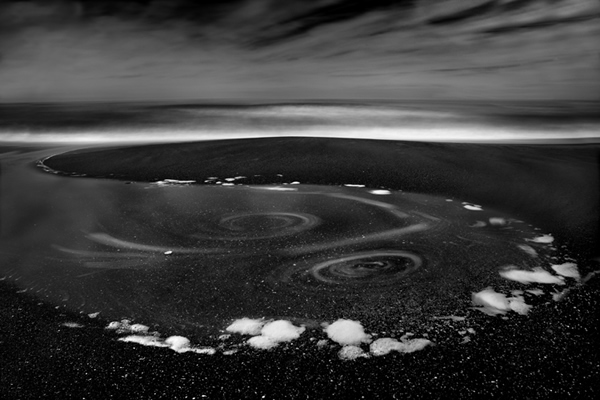
When I am seeing your work, you have traveled a lot. Which country you like and why?
Most of my travel has been inside the US and even then I’ve only seen a small part of my country. I have done some international travel: I visited Japan when my son who was in the military was stationed there, we went to Ukraine to visit another son who was serving in the Peace Corps, and then to England where we took a family vacation. I loved all three locations for different reasons.
The Japanese are so very polite and considerate and all I had to do was raise my camera on the street and hundreds of people would come to a stop rather than walk in front of me and ruin the shot. The Ukrainians are generous to a fault, and would give you their last bit of food and the shirt off of their backs. I love the quiet resolution of the British and the depth of history that is always visible to the eye. All three trips were incredible experiences that produced some wonderful images and memories for me.
But my favorite country would have to be the US and for obvious reasons; this is my home. The wide range of geography is just amazing from our wonderful coasts to Death Valley, from the Great Lakes to the Rocky Mountains. It is so vast that I doubt I’ll be able to see it all in my lifetime.
And then there is the American spirit, we are a very young country compared to the rest of the world, but we have such an independent “can do” spirit that makes all things possible.
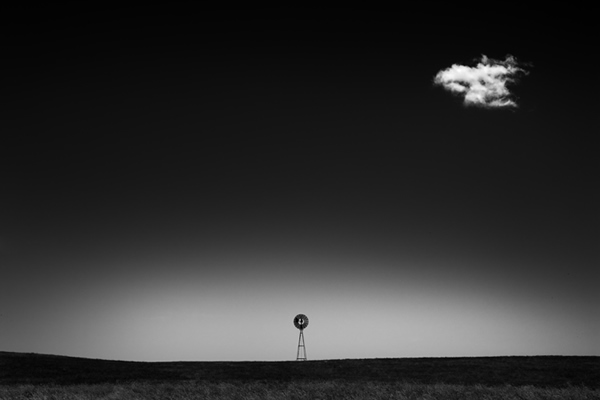
Most of your pictures are in Black & White any reason behind that?
I have always been drawn to black and white, even as a boy. But why? I think my artist statement sums it up best:
“I am often asked, “Why black and white?” I think it’s because I grew up in a black-and-white world.Television, movies and the news were all in black and white. My heroes were in black and white and even the nation was segregated into black and white. My images are an extension of the world in which I grew up.“
The truth is that while color catches my eye, black and white holds my attention.
I’ve only exhibited (2) color images in my life, and both somewhat recently.

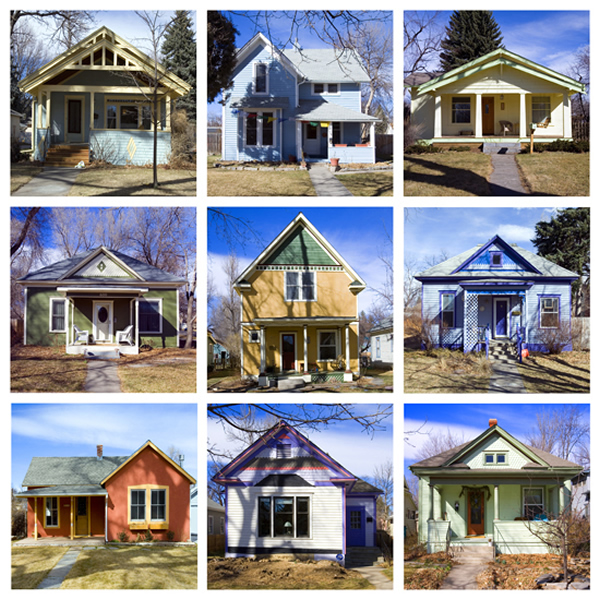
My color attempts were feeble and my heart just wasn’t in it. I’m a black and white guy, through and through, and I always will be.
For me color records the image, but black and white captures the feelings that lie beneath the surface.
In your language what it takes to make a Good Photograph?
I have a rule that describes the process of making a great image, it’s called “Cole’s Rule of Thirds” and it is: A great image is comprised of:
- 1/3 vision
- 1/3 the shot
- 1/3 processing
A great image begins and ends with your vision. Vision is the sum total of our life’s experiences that make us see things uniquely. When we look at a scene, it’s the way we instinctively see it in our minds eye. Our job as an artist is to bring that scene into compliance with our vision.
When we pursue an image with vision, then equipment and process becomes the servant and the creative process the master. It’s only then that great images can occur.
Vision is everything.
Looking back at your work, which of your pictures or stories make the strongest impression on you?
Each of my images has a story behind them. Sometimes the story is significant and everyone can relate to it, such as The Angel Gabriel, and other times the story is a simple and personal one and the image forever reminds me of it.
It would be impossible to choose just one, but here are several that I guess you could say are my “favorites.”

Harbinger : The story behind this image is one of a father and son, and one of fleeting opportunity that quick action captured. Full Story here
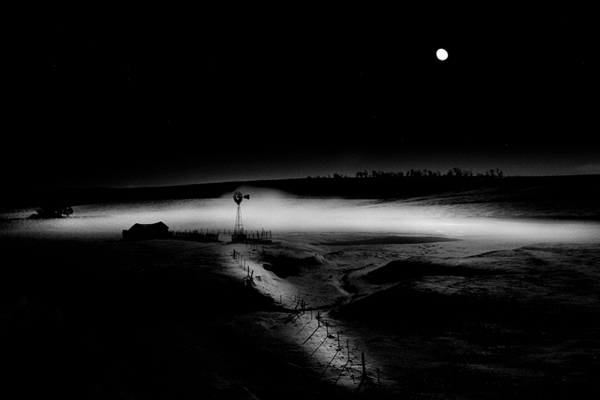
Windmill in Moonlight: This image will forever remind me to “Always Stop” when you seen an opportunity, for that opportunity will never repeat itself. Full Story here
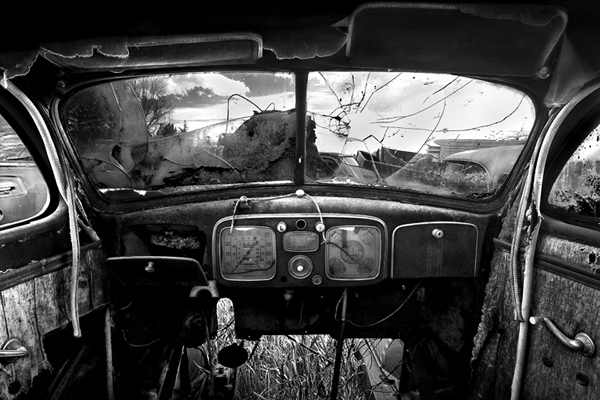
Old Car Interior: This image caused me to stretch my Photoshop capabilities beyond what I had done before. My Photoshop skills are so very primitive that Popular Photography called me “The Photoshop Heretic.” Full Story here
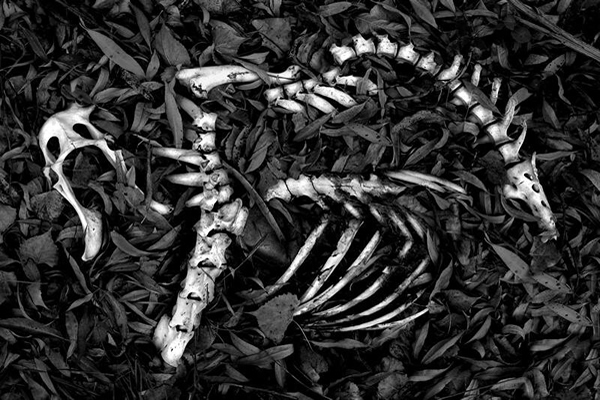
Skeleton: This is one of my favorite images, but rarely appreciated by others. It reminds me to always be looking for photographic opportunities; they are all around you, even at your feet.

The Angel Gabriel: I generally do not believe that the story should be necessary to make an image great, but this is a memorable story that everyone loves and remembers. Full Story here
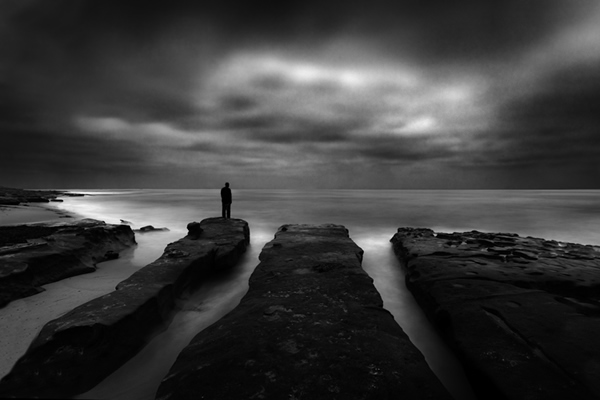
Lone Man: This is a series that actually has some meaning behind it, here is my artist statement. Full Story here. In this blog post I describe how I created it. Click here
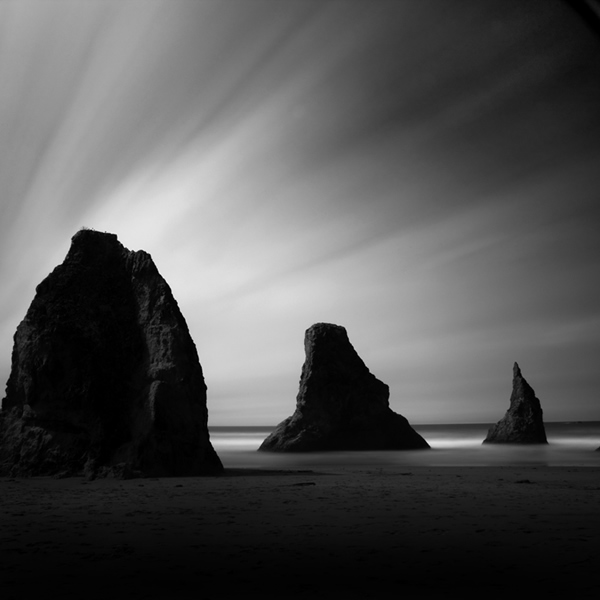
Monolith: Every September I go to Bandon Beach in Oregon. These Monoliths dominate the beaches there and they remind me of my childhood days reading Thor Heyerdahl’s book “Aku Aku ” which tells the story are the giant stone statues on Easter Island. Here is a video of my Monolith series.

Ceiling Lamp, Mourning Dove Ranch: This is my favorite image from my “Ceiling Lamp” series that reminds me that art does not need to be serious or herald a cause. Sometimes it can be frivolous and fun. Entire Portfolio here.
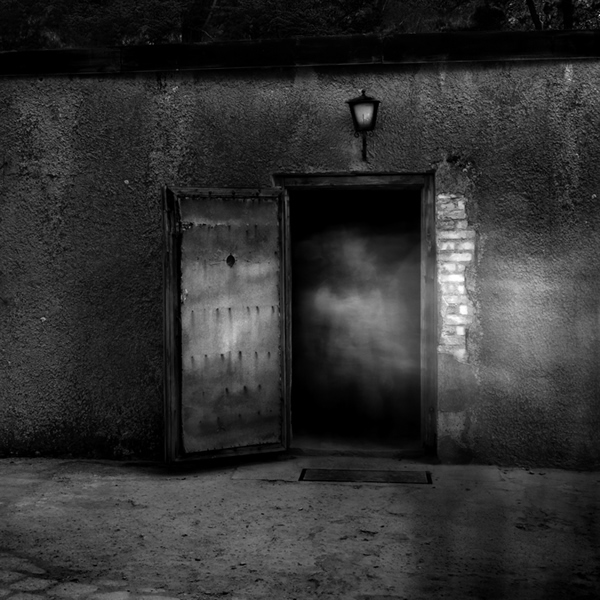
Auschwitz No.13: I think this is the most poignant image from my series “The Ghosts of Auschwitz-Birkenau” because it represents spirits leaving the gas chamber at Auschwitz.

But this is my favorite image from the series. See the complete series

Clouds:
This was another experience that reminds me to “always stop.” The family had just returned from a 2 week trip to Japan and we had been on the plane and the road for a very long time. As we approached home, just 5 minutes away, I saw this cloud structure and wanted to stop. But I knew I would incur the wrath of the family who were tired, hungry, jet-lagged and cranky.
I debated and decided not to stop. Then I remembered my past experience with Windmill in Moonlight and my resolve to “always stop.” I stopped and endured the yelling and screaming from the family, and in 5 minutes was on my way home and one of my most loved images was captured. Click here for large image
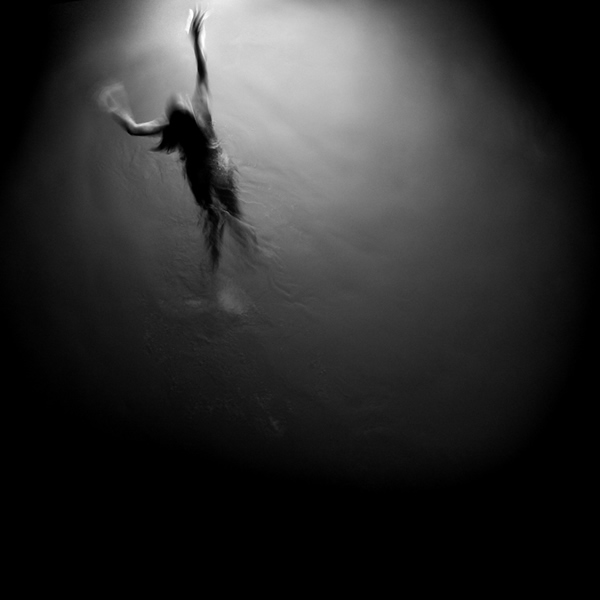
Swimming Towards the Light: This is one of my all-time favorite images, it’s my daughter in a swimming pool. I love it for the simplicity in the image and the message.
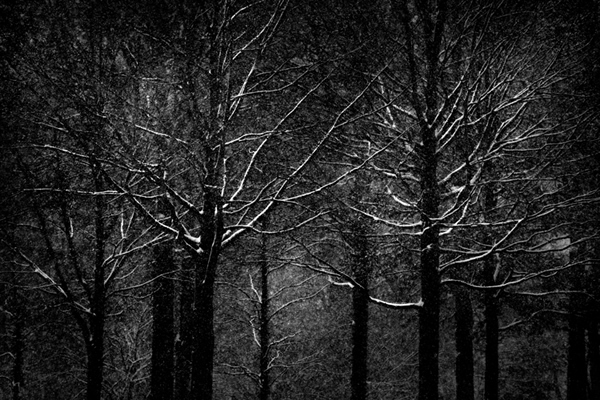
Blizzard:
This will forever remind me of the blizzard I was caught in one Spring day on the DC Mall and my attempt to avoid frostbite by entering the International Monetary Fund building just off the mall. I had about 3 minutes reprieve before a large female security guard threw me out of the building!
But it this image made it worth it!
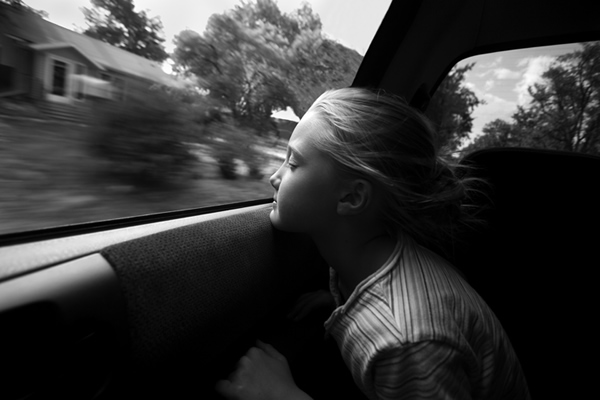
Windsurfing: This was a spontaneous moment, photographed while driving and hoping I could get the shot before my daughter became aware of the camera. I think most people can relate to this image.
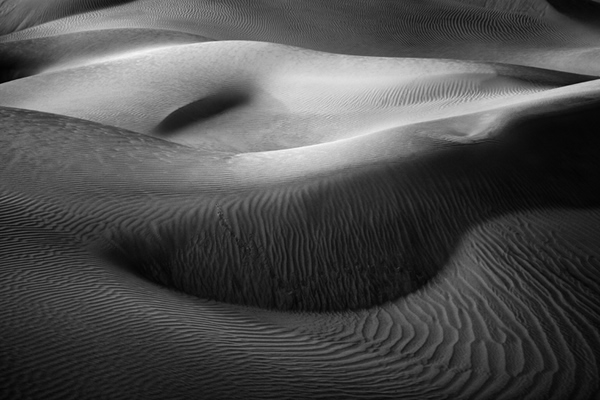
Dunes of Nude: I’ve become attracted to sand dunes and their abstract resemblance to the human nude. This is my favorite from the series “The Dunes of Nude.” More Images
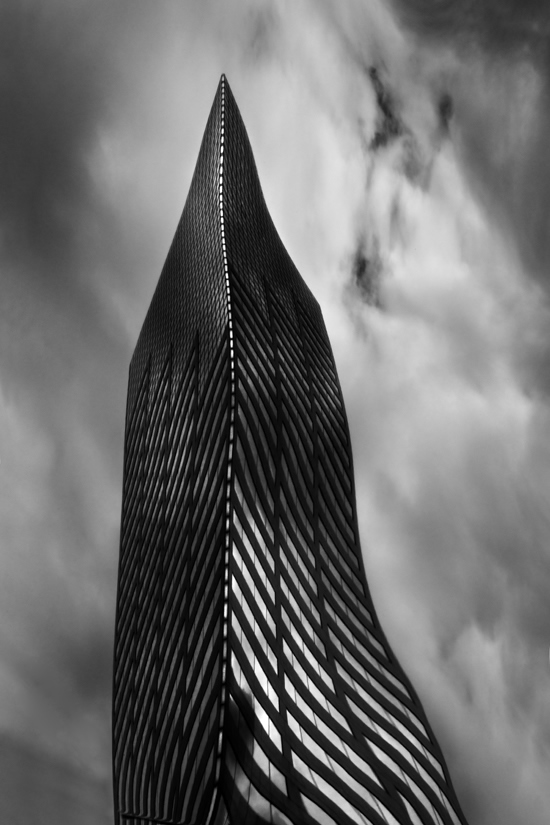
Fountainhead: This is my favorite image from the series “The Fountainhead.” I’ll always remember how much our rights as photographers have been limited by 911. I shot these images in about 15 cities and was molested about as many times. Full Story here
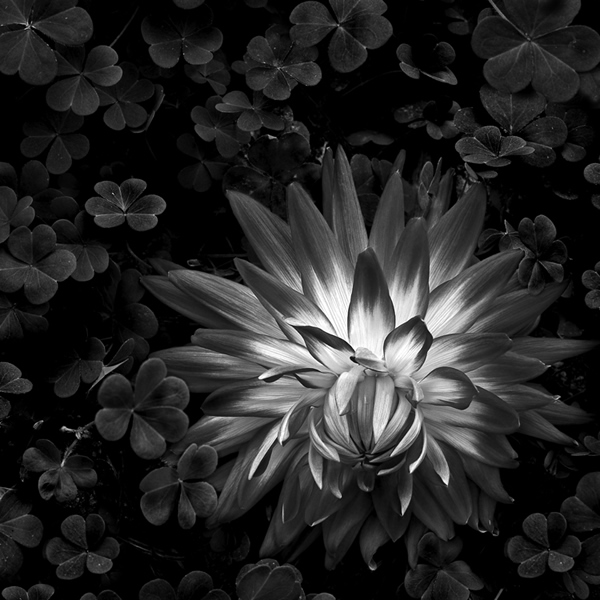
Flaming Dahlia: A simple and beautiful image of a Dahlia that was thrown away in a green house. One man’s trash is another’s treasure?. Full Story here
The best achievement/compliment you received so far and what is your intake about Awards and Compliments?
I used to meticulously maintain my resume, listing all of my awards, publications and achievements. But at a certain point it became clear to me that none of that mattered, and that the only thing that really matters is how I felt about my work.
For that reason I have retired my traditional resume and now say this:
My art has appeared in many exhibitions, publications and has received numerous awards. And yet my resume does not list those accomplishments, why?
In the past I’ve considered those accolades as the evidence of my success, but I now think differently. My success is no longer measured by the length of my resume, but rather by how I feel about the art that I create. While I do enjoy exhibiting, seeing my work published and meeting people who appreciate my art, this is an extra benefit of creating, but this is not success itself.
I believe that the best success is achieved internally, not externally.
So what honors do I value? The honors of a friend who loves my work enough to hang it in their home. Or the appreciative comments I receive from Holocaust survivors who see my work from Auschwitz-Birkenau. Those are the honors I value most.
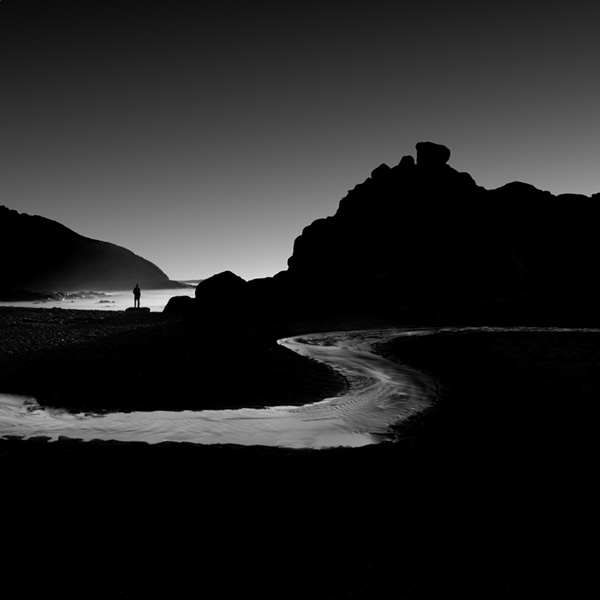
“I believe that the best success is achieved internally, not externally” – I feel it is a Saint like saying, any words for It?
When we are young, we sometimes pursue fame and fortune. As you get older, you realize that these are not the keys to happiness. There is nothing wrong with achieving fame and fortune, when they are the by-products of sincere and honest work. But when a person seeks after these things, my experience has taught me that they will be a hollow achievement.
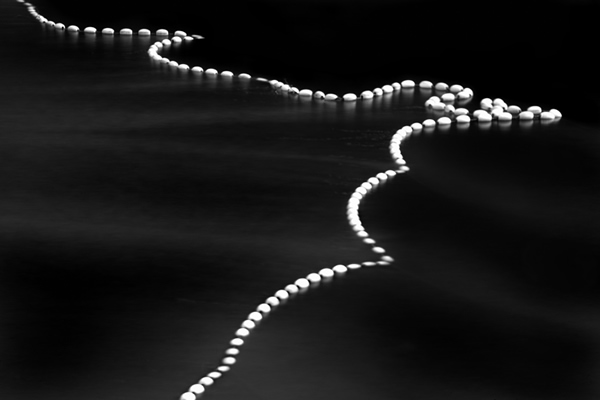
Which photographers have inspired you?
When I was young, Adams was the photographer I most admired but I also closely followed Weston, Caponigro, Strand and Bullock. Later in life I was amazed by the long exposure work of Alexy Titarenko and he was one of the main reasons I pursued long exposures.
But the man whose attitudes I admire the most is Edward Weston. I have read his Day Books many times and they never cease to inspire me. It was his independent attitude that has shaped much of my thinking about my art.
My favorite story that illustrates Weston’s attitude is told by Ansel Adams upon seeing his work for the first time:
“After dinner, Albert (Bender) asked Edward to show his prints. They were the first work of such serious quality I had ever seen, but surprisingly I did not immediately understand or even like them; I thought them hard and mannered. Edward never gave the impression that he expected anyone to like his work. His prints were what they were. He gave no explanations; in creating them his obligation to the viewer was completed.”
From Weston I have learned that it doesn’t matter who likes or doesn’t like your work, your opinion is the only one that matters.
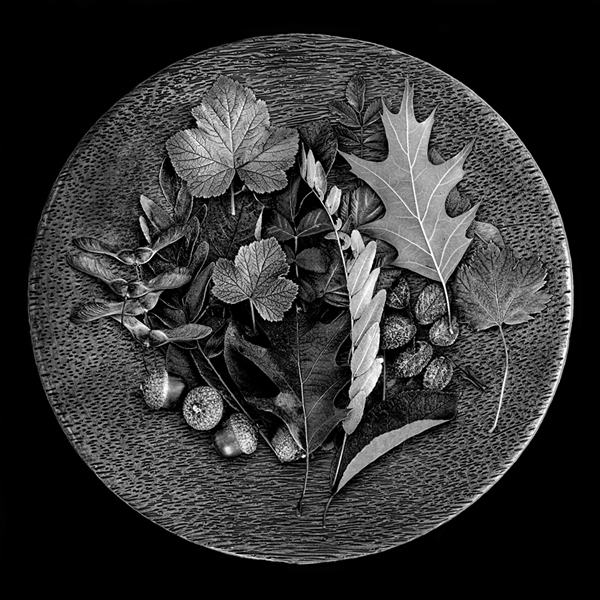
What Tips or Advice do you have for other aspiring photographers?
I always hesitate to give advice, because it comes from my perspective, but here are a few tips:
- Ignore the rules, and better yet, never learn them! They are restrictive and will only lead you to mediocre work that will look like everyone else’s that follow the rules.
- Develop your own vision and style and resist copying others. Don’t become an imitator, but a creator!
- Find projects that you have a burning passion for. If you don’t feel that way about your current project, change it!
- Do not accept the standard definition of success (fame, fortune, big name gallery representation and a published book) Define for yourself what success is and then purposely pursue it.
- Seek only to please yourself, because pleasing others is never success and is unfulfilling.
- Be a good person, this will help you be a good artist.
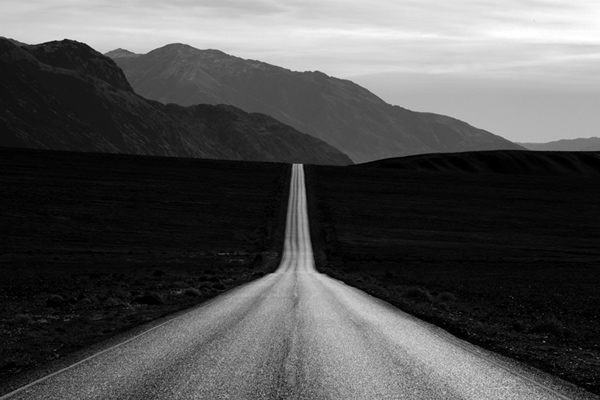
Quick Questions:
- What is your idea of happiness?
Having my family around me, some spare time to pursue my art and a few dollars in my pocket. - What is your greatest fear?
That I will hurt another person. - What do you consider your greatest achievement?
Raising five children who are good and successful. - Where would you like to live?
La Jolla in California, but only after about 5 million people move away first! - What is your most marked characteristic?
I have strong opinions and always think that I’m right. - What do you most appreciate in your friends?
That they see past my failings. - Who are your heroes in real life?
People who have suffered great tragedies and yet have chosen to have a great attitude about life. - What is your present state of mind?
Harried. - Who are your favorite authors?
Harper Lee (To Kill a Mockingbird) - What is your favorite motto?
Have I done any good in the world today?
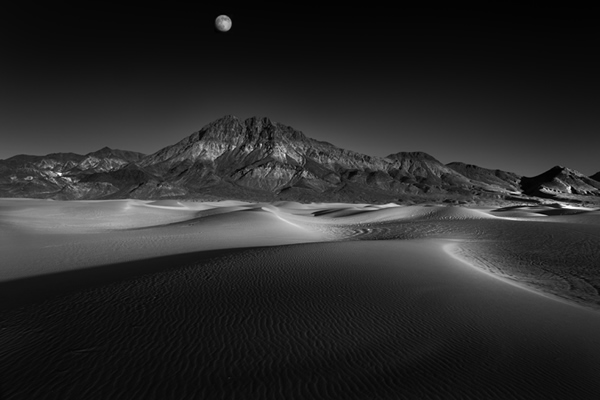
Thanks again for providing 121 Clicks with this opportunity to interview you. Any final thoughts for our readers?
I’ve enjoyed this interview, you have asked me some very good questions and it’s caused me to reflect on my work and motives. Thank you for this opportunity!
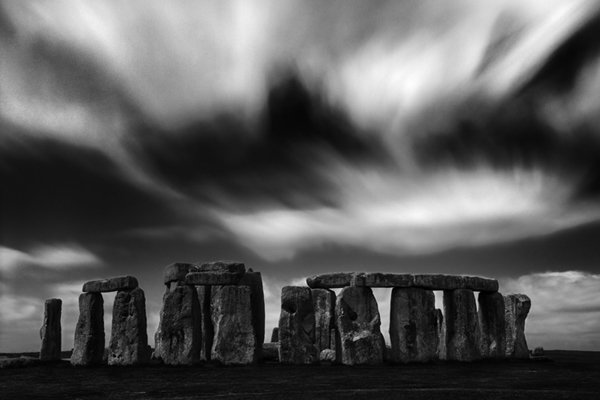
You can find Cole Thompson on the Web :
April 13, 2012
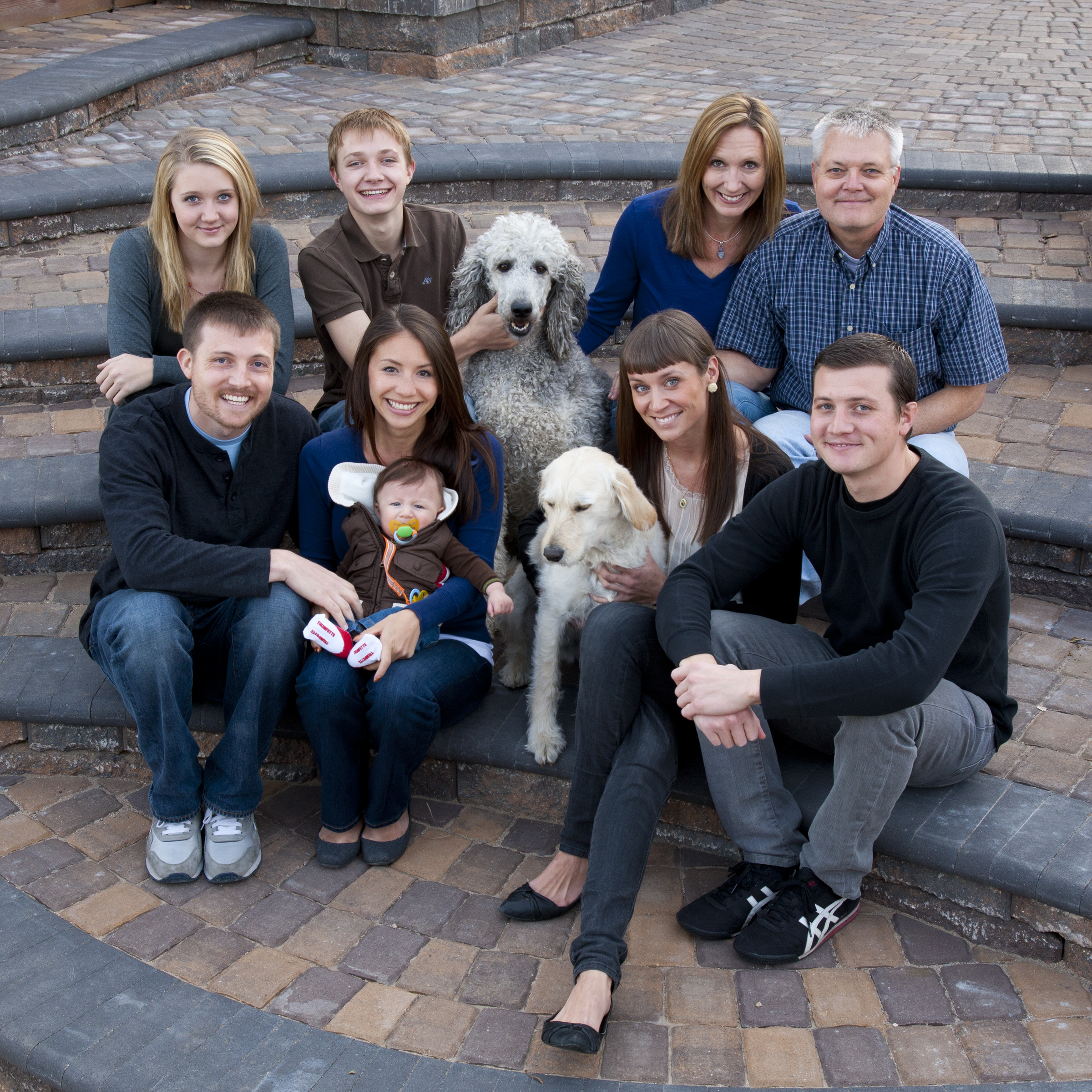


I’ve done a number of interviews recently and there is this thought that keeps coming back to me again and again and it has to do with the role photography plays in my life. It is often assumed that I earn a living through my art; I do not, I have a full time job in Education. It is also assumed that my life revolves around my photography; it does not, my life revolves around my family. Photography is a major pursuit in my life, but it is not my life, it is what makes my life better.
I love photography because it brings balance to my life. I live in a business world full of numbers, logic and rational decisions. Photography is the opposite of that, it is creative, irrational and subjective. For many years I had set aside photography as I struggled to earn a living, raise a family and build a career. This produced a life out of balance. When I returned to photography it added a little yin to my yang and helped bring it back into balance.
Having opposites in life is good, those contrasts help us to value what we have. When I go on a 10 day photography trip by myself, it helps me appreciate my family back home. When I must justify decisions at work with facts and logic, it’s then nice to produce a piece of art that just “feels right.”
Opposites in life are not always appreciated in the moment, but they do play an important role in our lives. The storm helps appreciate the sun when it appears, sickness helps us enjoy health, loss helps us value our loved ones and my day job helps me appreciate my photography.
I really love photography and creating images, but not more than my family or my friendships. Photography is not my life, but it makes my life better.
Cole
P.S. Here are links to some of my recent interviews:
April 6, 2012
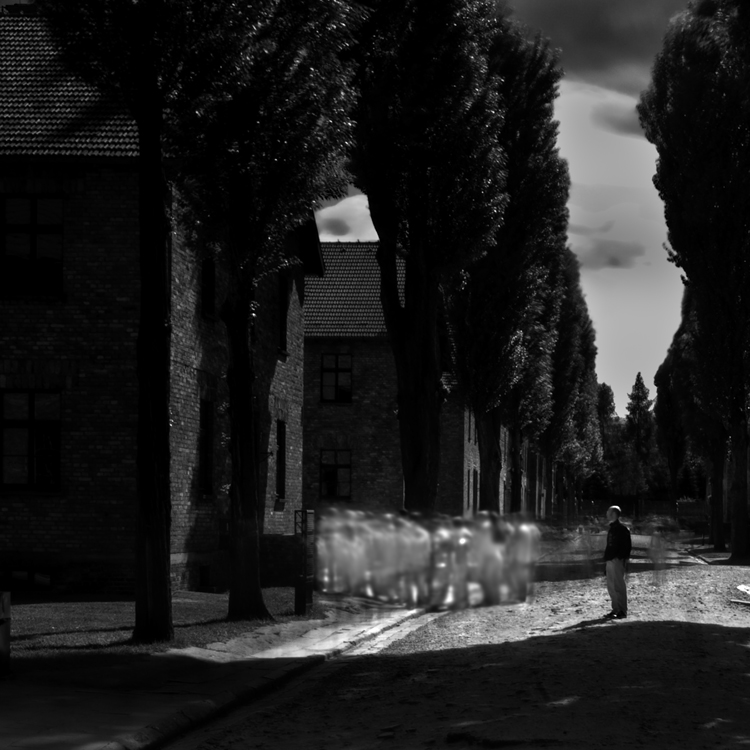

I would like to tell the story behind “The Ghosts of Auschwitz-Birkenau.”
My wife and I were visiting my son who was serving in the Peace Corps in Ukraine (providing balance to his two brothers who were serving in the Marines). Being part Polish, we decided to visit our homeland and took a train to Krakow. Upon arriving discussions began on what to see and of course Auschwitz-Birkenau was high on the list, but secretly I hoped we wouldn’t visit the camps because I did not want see a place of such sadness. However my wife wanted to go and so I agreed.
We took a bus tour that would spend about 1 hour at Auschwitz and 30 minutes at Birkenau. Even though I had my camera equipment with me, I had not planned on photographing the camps because it seemed that this might be disrespectful. The tour began indoors and we saw the meticulous records the German’s kept of their victims and then the piles of personal effects: glasses, shoes, hair and other items.
This was just too overwhelming and I felt like I was suffocating, so I signaled my family that I was going outdoors. Breathing in the open air I began to feel a bit better and slowly walked, looking down at my feet. The thought then came to me: how many had walked here before me, in these exact same footsteps and now were dead? How many had taken this same path and then had been murdered?
I began to wonder if the spirits of those who were dead still lingered, did they still inhabit this place? And then it suddenly struck me that I must photograph the spirits of those who had died here. I instinctively knew how I would do that, I would use long exposures of the other visitors at the camps, who would stand in proxy for the dead. The enormity of this task hit me as I realized that the bus was leaving in 45 minutes and so I ran from location to location, working incredibly fast.
Each location had its own challenges, I had to photograph people without their knowing it, because if they thought I was photographing they would politely move out of my way. I developed techniques to fool people into thinking I was not photographing, I would set up my equipment and then talk on the phone or look in my camera bag, and then trigger the camera with a remote shutter release.
I found that the closer I was to the scene, the harder it was to get the shot because people would see me and move out of my way, not knowing that I actually needed them in the picture! Auschwitz No. 9 was the most difficult image to get, it took many exposures to capture these ghosts.
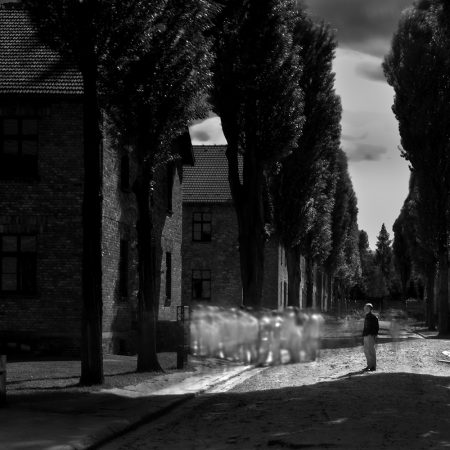
Another challenge was that people had to keep moving to produce the ghosting effects. So many shots were ruined when someone in the group would stop and interrupt the ghosting effect. In one image, Auschwitz No. 4, a man in the group stopped to read a historical placard. This is the only image that I’ve included a “mortal” because it seemed to say “I am completely unaware of the ghosts around me.”
It’s no simple matter to get the right ghosting effects; so many factors affect the image such as the color of the clothing people are wearing, the speed in which they walk, the angle they are walking in relation to the camera and of course the length of the exposure. I had to learn all of this in very short order and I was so grateful to be using digital so that I could get immediate feedback. There was so much to learn in such a short time, but I knew I had to finish before the bus left as I would not have another chance.
In one sense I felt prepared for this moment, for this opportunity. I had been working with long exposures for several years and I understood the basics, however I had never worked with people before and certainly not with unsuspecting subjects. I had to learn quickly and work quickly.
I do feel that I was inspired, both in concept and execution. As I looked at each scene I knew in my mind exactly how the finished image would look. However if you were to see the original shots and compare them to the final images, you would be surprised to see the extensive Photoshop work it took to bring the “shot” into compliance with my vision.
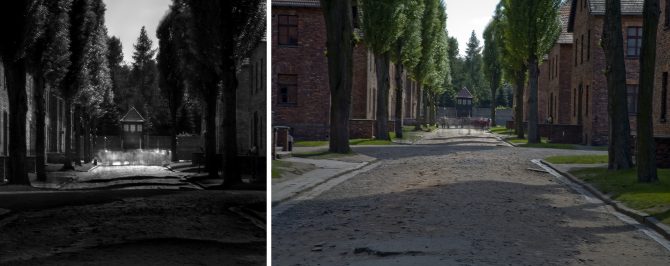
My processing included cropping the image to a square, darkening the scene for an almost nighttime look, increasing contrast, dodging up the ghosts and burning down distracting elements. You can see one “before and after” example above. Vision was the key to this series (remember my Rule of Thirds) and it was the constant that drove everything. You can view the entire Ghosts portfolio here.
Auschwitz-Birkenau is a depressing place, but I am glad that I went. I hope my images can portray the camps not just as a historical location, but as a place where real people lived and died.
Cole
P.S. I recently had the honor of meeting a group of Holocaust survivors who attended the opening of this exhibition in Dallas. I saw a very elderly woman in a wheel chair looking at my images and I introduced myself by saying: “Hi, my name is Cole Thompson and these are my images.” She responded by pointing at the wall and exclaiming: “These are my images!”
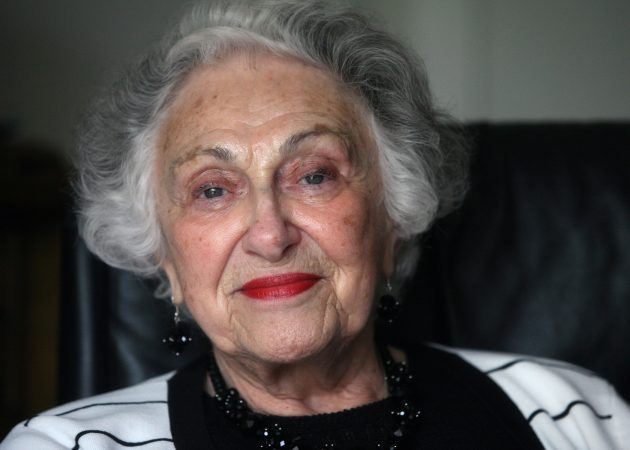
Her name was Edith Molnar and she had been interned at Auschwitz and recognized these locations. That was a humbling moment, to appreciate that you were talking to someone who had lived through these horrors, she was “living history.” Edith passed away several weeks later.
Cole
March 30, 2012
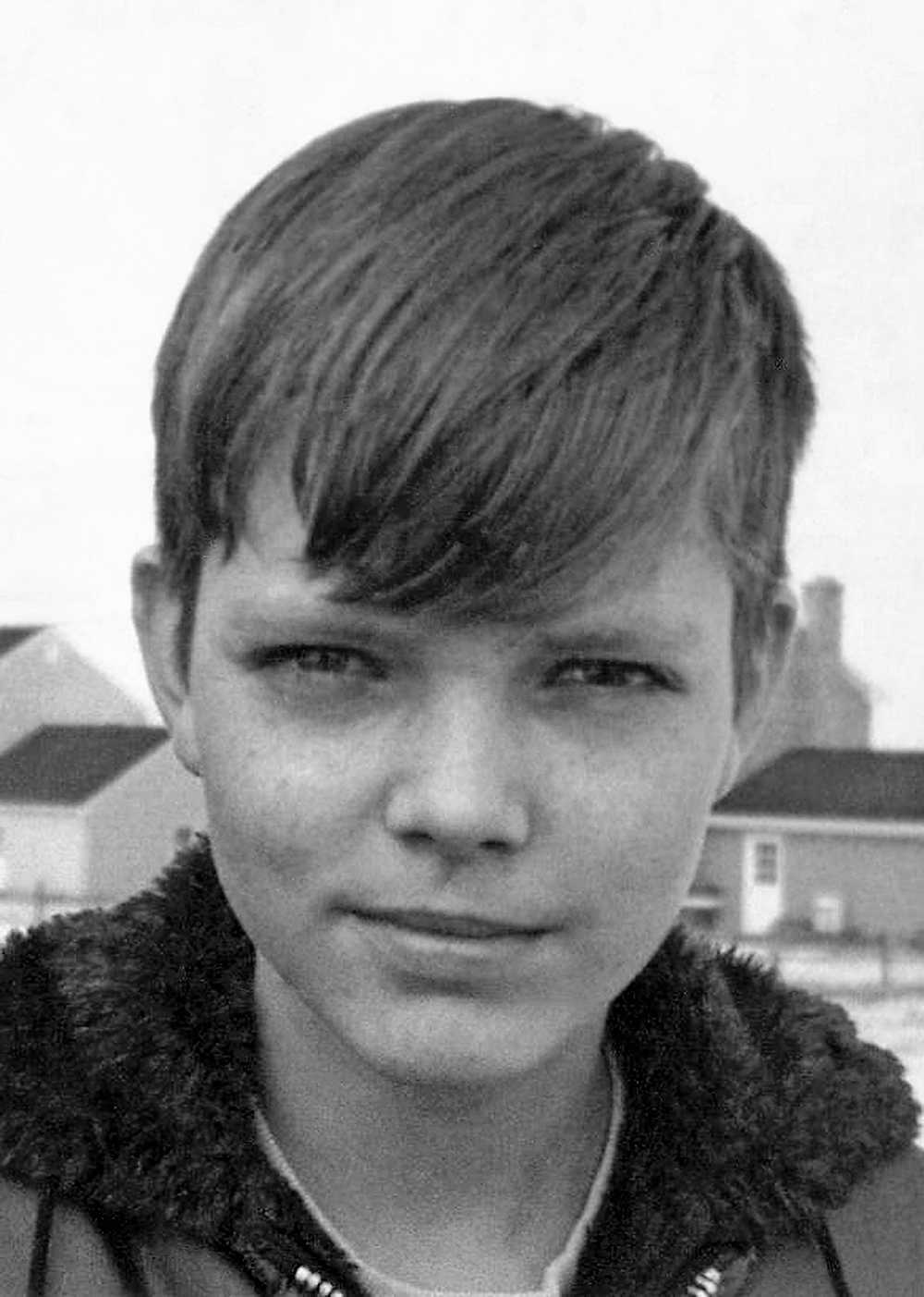

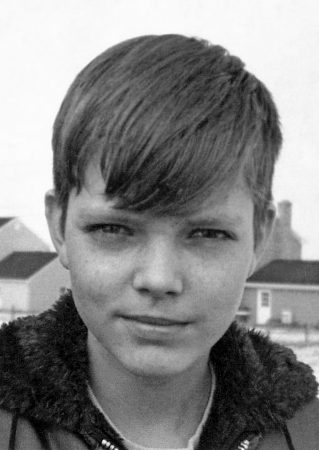
I was a 14 year old boy living in Rochester, NY when I discovered photography. Now some 45 years later I return to Rochester to exhibit, speak and conduct a workshop.
I will be exhibiting “The Ghosts of Auschwitz-Birkenau” and speaking about my experience at the Death Camps and well as sharing impressions from my meetings with Holocaust survivors.
My workshop is titled “Simple Secrets to Great Black and White Photography” and I’ll be sharing my “simple” philosophy, demonstrating my long exposure techniques and showing how I process my b&w images while using only six tools in Photoshop.
All events will be conducted at:
Image City Photography Gallery
722 University Ave.
Rochester, NY 14607
http://www.imagecityphotographygallery.com/
585-271-2540



